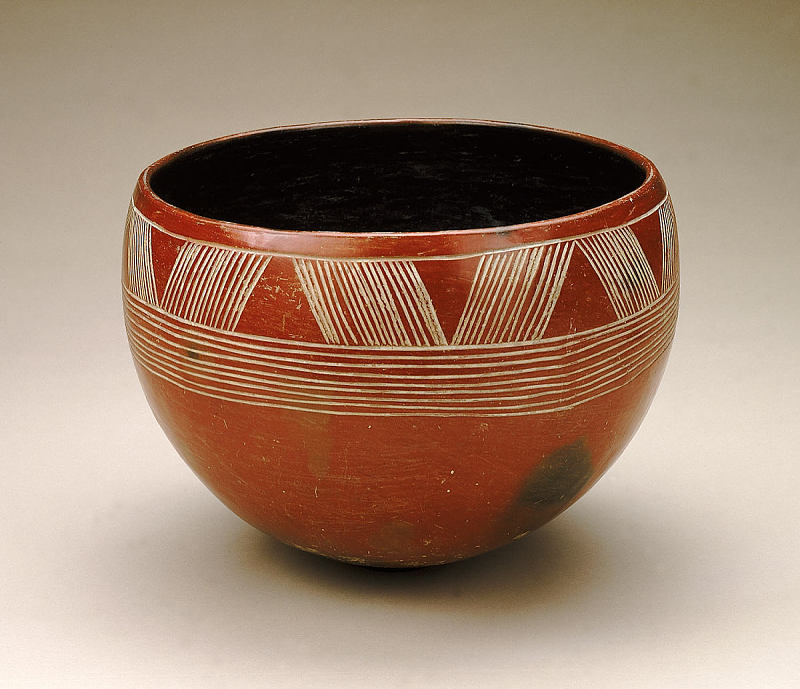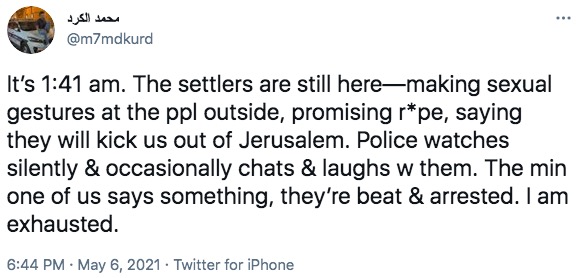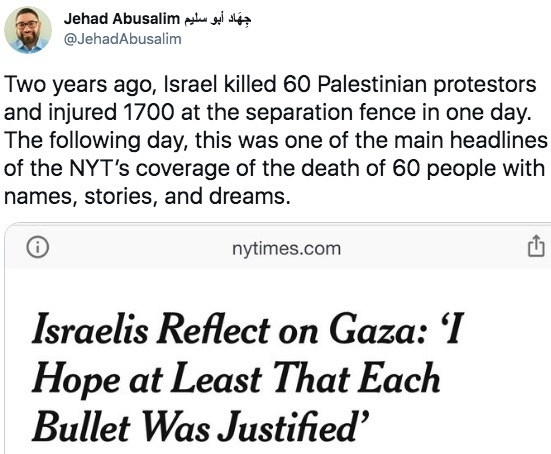
New York is gray and rainy and the streets are emptied of people, even more than usual. I look out the window at a row of more windows, my tiny slab of the city peering into other people's tiny slabs, inner lives carved inside matchbox apartments holding sweaters, lamps, spice racks, electronic devices, sometimes a pet.
I am scheduled to give a lecture at Darat al Funun in the early East Coast morning, based on Amman time. The organizers and I conduct a run-of-show the night before. It is one-half a rundown of my content and one-half a technical rehearsal. We discussing what each of our smaller screens will do inside the viewers' bigger screen. I care about every quadrangle. I appreciate doing this problem-solving exercise with other people. The artist Amie Siegel once taught me the number-one rule of film production: plan and prepare meticulously for shooting day so that the inevitable contingencies can happen as needed. It is a good rule to evangelize.
I communicate what I need to happen and when, and we are an efficient team finding answers together. The nature of being online as you plan for an event online that will be viewed live online means that you have to work as one all-knowing organ that understands all the minute, unseen operations of other hands. We work quickly and finish in just under 50 minutes. Two of my five video clips aren't working on a streaming function, but I can't cut higher-resolution versions because they're extracted from vintage '80s VHS tapes. The lead technical crew member is on his iftār break, so the organizers agree to email me later about this last remaining glitch when he gets back. Meanwhile, I update my interlocutor, a curator based in Amsterdam, with the latest run-of-show. I drink iced tea and tinker with my slides until midnight.
I wake up without an alarm; my body can sense that something pressing is scheduled earlier than usual for a Saturday and never goes completely offline. I send a few emails to the organizers without checking my inbox, but when I do, my stomach tightens. After our run-through, the ongoing violence against Palestinians in Sheikh Jarrah neighborhood and the al-Aqsa mosque escalated considerably. The Israeli armed forces have violently attacked worshippers in the courtyard of the al-Aqsa Mosque (yesterday was the 25th of the holy month of Ramadan). They violently threw stun grenades and rubber bullets at the worshippers. They attacked four Palestinian homes in al-Sheikh Jarrah neighborhood and physically assaulted the residents and the solidarity protesters. Today more than 200 Palestinians face forced eviction in East Jerusalem, and Israeli settlers want to take over their houses. As part of our responsibility as a cultural institution in this region...
All events are postponed.

It would shock few that zero—exactly zero—news coverage about this barefaced amplification of assault is anywhere to be found on the main sites of major U.S. or European outlets. Nowhere on the front page or scroll-down, not even toward the end, next to the crossword puzzles. Only some tucked-away mentions under the "Middle East" sections, which you have to google to find. The usual "clashes erupt" narrative in BBC, as though two pots were being cacophonously banged together midair.
Of course, the shocking fails to surprise. The New York Times leads the pack in the willful inanity to treat these events like a "clash" of aw shucks religious differences or "evictions" in an oh whoops dispute over real estate, rather than violent attempts at indigenous erasure by a fully armed, fully funded colonialist force. This is how you demobilize a cause: by framing ethical boundaries as negotiations, and by peddling "both sides," doing the State's work of pitting colonial subjects forcibly excised from their homes as equivalent and inimical equals, not defenseless and righteously resisting civilian persons.

This is some of what happened as I slept:
-Sound bombs in densely lived neighborhoods;
-three Palestinians blinded after Israeli forces shot them in the eyes;
-tear gas attacks:
-settler-colonialists stealing generators from homes where electricity was already cut;
-deployment of soldiers on horses (animals weaponized);
-spraying neighborhoods with "skunk water" (an invention of the Israeli army sold to U.S. police departments);
-shootings with rubber bullets and live bullets;
-baton assaults;
-stabbings;
-kicking to the head (including on a person simply praying);
-kneeling with full weight on vital organs;
-skull fracturing;
-the assault and arrest of hundreds, including 37 children;
-killing.
This list is limited and in no way includes the innumerable degradations conducted out of the sight of filming cameras. The administrative and juridical violence that enables these deployments is barely mentioned in public discourse, let alone scrutinized for the toll it take on Palestinian bodies and psyches. The unspectacular forces needed to maintain the vast architecture of racial domination are as purposive as they are repugnant. How many calories those in Gaza may eat, how widely those in Ramallah may travel, what access to their own strawberry fields those in Nablus may have, and so forth.
The great scandal, of course, is that all of these layers of violence are enfolded within the same sandwich of occupation. The divestiture of responsibility as occupiers goes arm in arm with the language of "maximum Arabs on minimum land." But even that maxim feels old and far-fetched, so bald-faced and desperate the project and so worthy the defiance.
And I remember this quote from Ilan Pappé, author of The Ethnic Cleansing of Palestine, who himself was once drafted to the Israeli army:
A structure of settler colonialism by which a movement of settlers colonizes a homeland. As long as the colonization is not complete and the indigenous population resists through a national liberation movement, each such period that I'm looking at is just a phase within the same structure.
As long as. As long as.